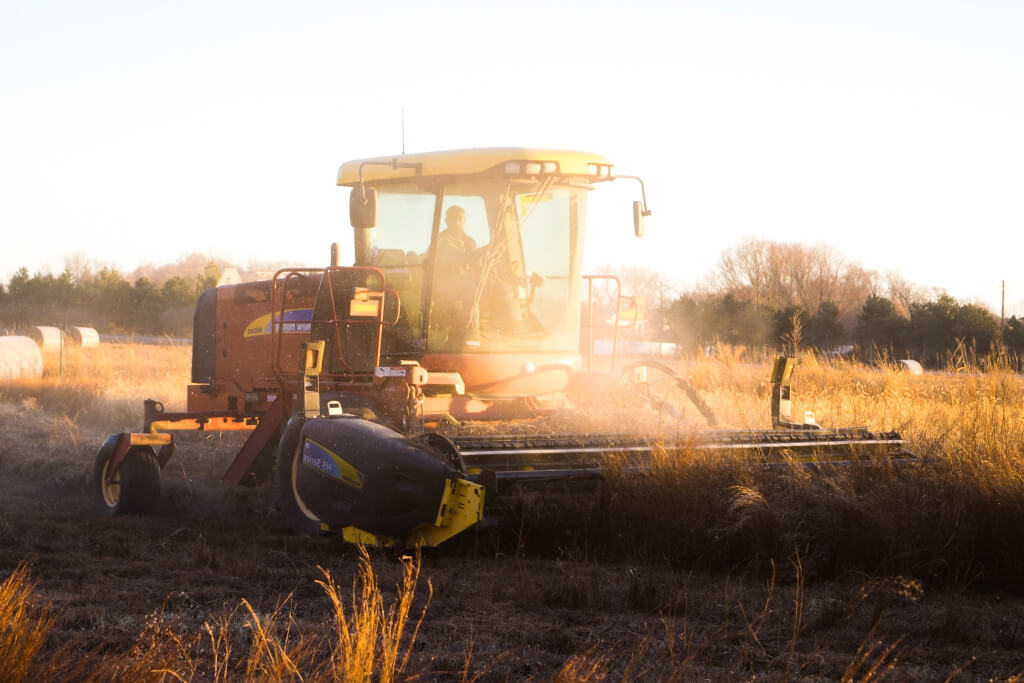The complex relationship between South Africa’s troubled past and questions of land ownership and distribution is a hot topic in the country’s political and social debates today. Recent conversations around land reform are rife with misunderstandings, so it’s important to set the record straight.
Land Reform in South Africa: A Stitch in Time
The scars of history run deep, and land reform in South Africa is a poignant testament to the resilience and spirit of a nation seeking to heal and build a more equitable future. The struggle over land ownership isn’t just about hectares and soil; it’s intertwined with identity, dignity, and the dreams of generations. Let’s delve a bit deeper into the tapestry of land reform’s history in this beautiful country:
- The 1913 Natives Land Act: An act that altered the trajectory of South African history. It restricted black South Africans from buying or leasing land outside of designated “reserves”, which constituted only 7% of the country’s total land. This legislation, among the first major apartheid laws, was a brutal blow, effectively dispossessing millions of their ancestral lands and homes. The Act’s devastating impact was not just in the immediate loss of land but also in the deep psychological wounds it inflicted, casting black South Africans as outsiders in their homeland.
- Bantu Authorities Act of 1951: This law further entrenched the system by creating “homelands” for the nation’s black population. These homelands were essentially tribal-based mini-states, which operated as puppet regimes under apartheid’s watchful gaze. The idea was to relocate black South Africans to these areas, further stripping them of their rights and land in the rest of the country.
- 1969 Bantu Homelands Citizenship Act: It was a sinister move. This Act made every black South African a citizen of one of the homelands, effectively revoking their South African citizenship. With a stroke of a pen, black South Africans became foreigners in their ancestral land.
Some Pivotal Moments
- 1960 Sharpeville massacre: The world’s eyes were opened to the brutality of apartheid when police opened fire on a peaceful crowd protesting the pass laws, killing 69 people. This event brought international attention to South Africa’s land and segregation policies.
- Land Acts post-Apartheid: After the historic 1994 elections, new policies were introduced to redress land dispossession. Acts such as the Land Reform (Labour Tenants) Act of 1996 and the Communal Land Rights Act of 2004 were designed to ensure that land would be equitably distributed and that those who suffered dispossession would be compensated.
- The 30% land redistribution target: In a bid to address the historical injustices, the post-apartheid government set a target to redistribute 30% of the agricultural land to black South Africans by 2014. The ambition behind this target underpins the government’s commitment to land reform as an essential component of social justice.
Myth 1: 80,000 Acres of South African Land Are Owned by Merely 40,000 White Farmers
The Truth:
farms that have registered for VAT do not always reflect all commercial farms. African Americans hold the vast majority of commercial farms. About half of all land in South Africa is owned by commercial farmers, but 78% of that is farmland with private title deeds.
Specialist Opinion:
A farmer and agricultural economist by the name of Dr. Bongani Ndlovu has pointed out a common misconception: that farmers who are registered for VAT are typical of all commercial farmers. We need to expand our horizons.
Myth 2: Industrial Farming Is Dominated By Wealthy White Men

In Reality:
The term “commercial” is more about the amount of money made than its size. There are large farms that have significant turnover rates, but numerous small farms also make good money. Small-scale, racially mixed family farms dominate South Africa’s agricultural landscape.
Specialist Opinion:
Geographic and racial generalisations should be avoided. Sipho Maseko, a seasoned farmer in the province of Gauteng, lamented, “South African agriculture is diverse, and its nuances are often oversimplified.”
Myth 3: Industrial Farms Aren’t Selling Land Because Their Owners Are Holding on to It
The Truth:
The annual volume of land transactions recorded by the deeds office appears to be healthy. There is constant activity in the land market, and ownership is always shifting.
Specialist Opinion:
“I sold two of my farms in the past decade,” says Johan Botha, a third-generation farmer. “It’s a myth that we’re not selling.” The market is active in its own right.
Myth 4: The Land Reform Programme Was Responsible for Providing Private Title Deeds to All Black Farmers
This is a Myth:
Without government assistance, many black South Africans have been able to buy land privately. Although the government has helped expedite land purchases, the private sector continues to play a significant role.
Specialist Opinion:
Limpopo farmer Thandi Nkosi said, “I purchased my land through a bank loan, without any state meddling. It’s crucial that our efforts be acknowledged, and that purchases not be automatically categorised as “government-aided.”
Myth 5: Only 8% of Farmland in South Africa Has Been Redistributed to Black People

In Reality:
The successes of black South Africans in gaining land are typically overlooked in favour of redistribution initiatives during debates. Twenty-four percent of all farmland, according to a thorough assessment, has been redistributed or had land rights restored.
Specialist Opinion:
According to land rights campaigner Lindiwe Sisulu, “By acknowledging genuine progress and understanding where the actual impediments lie, we can streamline our efforts towards equitable land distribution.”
To better understand the significant strides South Africa has made towards land redistribution, the following table presents a breakdown of land acquisition metrics. By analyzing these numbers, the clarity on the distribution of farmland away from white farmers to black communities becomes evident.
| Acquisition | Size in Hectares | Percentage (%) |
|---|---|---|
| Government acquisition of farmland through PLAS | 2,489,774 | |
| Government acquisition for non-farm use | 628,425 | |
| Private purchases by black South Africans | 1,783,836 | |
| Acquisition of farms by blacks through government redistribution programmes | 7,299,713 | |
| Land restitution to Black communities/farmers | 3,995,048 | |
| Total farmland transferred away from white farmers | 16,186,276 | 20.0% |
| Land rights restored via financial compensation | 2,484,051 | |
| The total area of land rights transferred or restored | 18,680,327 | 24.1% |
There’s no denying the difficulty of South Africa’s land reform. By separating fact from fiction, we can improve communication and get closer to a fair resolution. Africa Nova is still dedicated to elucidating these complex problems for the benefit of our readers.




